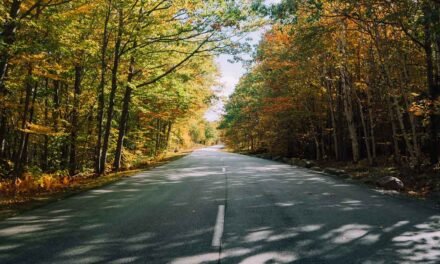Useful Information for Visitors to Acadia National Park
Acadia National Park, located on Maine’s rugged coastline, is a stunning destination that attracts millions of visitors each year. In this FAQ-style blog post, we’ll answer the 15 most common questions people ask about the park, ensuring that you have all the necessary information for a memorable visit.
1. When is the best time to visit Acadia National Park?
Acadia National Park is beautiful year-round, but the most popular time to visit is between late spring and early fall (May to October). During this time, the park offers warm weather, vibrant foliage, and full access to park facilities and attractions.
2. How do I get to Acadia National Park?
Acadia National Park is located on Mount Desert Island in Maine. The closest airport is Bangor International Airport (BGR), about 1.5 hours away by car. You can also reach the park by car from major cities like Boston (approximately 5 hours) and New York City (around 9 hours).
3. Is there an entrance fee for the park?
Yes, there is an entrance fee for Acadia National Park. Fees vary depending on the type of pass (single vehicle, per person, or motorcycle) and duration (7-day or annual pass). For current fees and pass options, visit the park’s official website.
4. Where can I find lodging and dining options near the park?
Bar Harbor, a nearby town, offers a variety of lodging and dining options, including hotels, motels, bed and breakfasts, campgrounds, and restaurants. Additionally, there are campgrounds and picnic areas within the park itself.
5. Are pets allowed in the park?
Yes, pets are allowed in Acadia National Park but must be leashed and attended at all times. Pets are not permitted on some trails, beaches, and public buildings. For a complete list of pet-friendly areas, visit the park’s website.
6. What are the most popular attractions in Acadia National Park?
Some popular attractions include:
-
Cadillac Mountain
– The highest point on the U.S. East Coast, offering stunning views of the surrounding area.
-
Jordan Pond
– A picturesque pond with walking trails and the historic Jordan Pond House.
-
Precipice Trail
– A challenging hike featuring steep climbs and amazing views.
-
Thunder Hole
– A natural rock formation where waves crash, creating a thunderous sound.
7. What activities are available in the park?
Acadia National Park offers a variety of activities, including hiking, biking, wildlife watching, rock climbing, kayaking, and ranger-led programs.
8. Are there any safety concerns to be aware of?
Some safety concerns include rapidly changing weather conditions, steep and slippery trails, and wildlife encounters. Be prepared, stay on designated trails, and maintain a safe distance from wildlife.
9. Is there cell phone reception in the park?
Cell phone reception can be limited within Acadia National Park. It is best to have a backup plan for communication and navigation, such as printed maps and a whistle for emergencies.
10. Can I bike on the park’s trails?
Biking is allowed on the park’s carriage roads, which offer over 45 miles of crushed-rock surfaces ideal for cycling. Biking is not permitted on hiking trails or Park Loop Road, except for the designated bike lane.
11. What should I pack for my visit to Acadia National Park?
When visiting Acadia, be sure to pack appropriate clothing for the season, including layers for fluctuating temperatures, rain gear, sturdy footwear, sunscreen, bug spray, and a hat. Additionally, bring a refillable water bottle, snacks, a first-aid kit, a map, and a camera for capturing memories.
12. Are there any ranger-led programs available?
Yes, Acadia National Park offers a variety of ranger-led programs, including guided hikes, evening campfire talks, and boat tours. Programs vary by season and are a great way to learn about the park’s natural and cultural history. For more information and a schedule of events, visit the park’s website or stop by a visitor center.
13. Can I fish in the park?
Fishing is permitted in Acadia National Park, subject to Maine state fishing regulations. Freshwater and saltwater fishing opportunities are available, with some restrictions on specific locations and species. For more information, consult the park’s website or a ranger.
14. Are there accessible facilities and trails in the park?
Acadia National Park offers several accessible facilities, including visitor centers, campgrounds, picnic areas, and restrooms. Some trails and attractions are wheelchair-accessible or have accessible features. For more information on accessible facilities and trails, consult the park’s website or speak with a ranger.
15. How can I minimize my impact on the park’s environment?
To help protect Acadia National Park’s environment, practice Leave No Trace principles, which include staying on designated trails, properly disposing of waste, respecting wildlife, and leaving natural and cultural features undisturbed. Additionally, consider using the Island Explorer shuttle bus to reduce traffic and emissions within the park.
Conclusion
Armed with the answers to these frequently asked questions, you’ll be well-prepared for an unforgettable visit to Acadia National Park. By planning ahead and respecting the park’s rules and natural resources, you’ll contribute to the preservation of this beautiful destination for future generations to enjoy.




